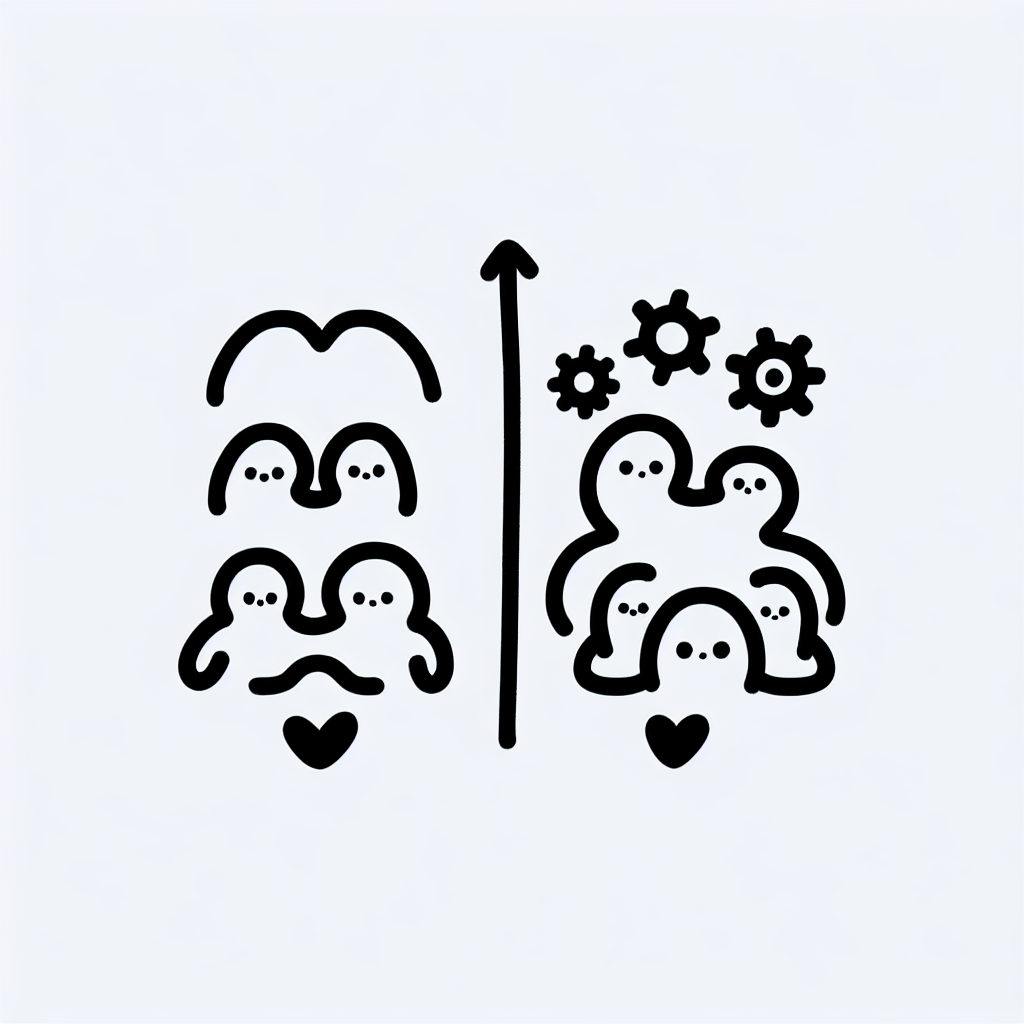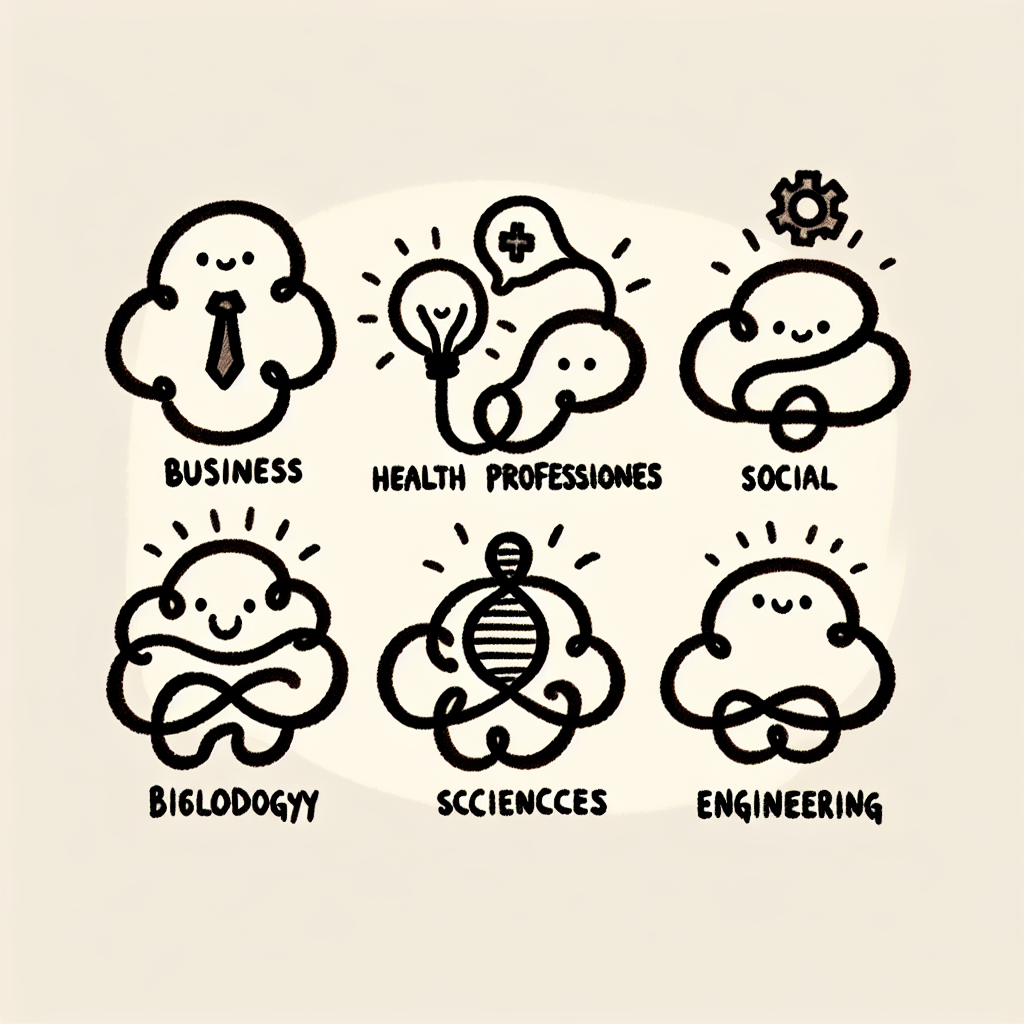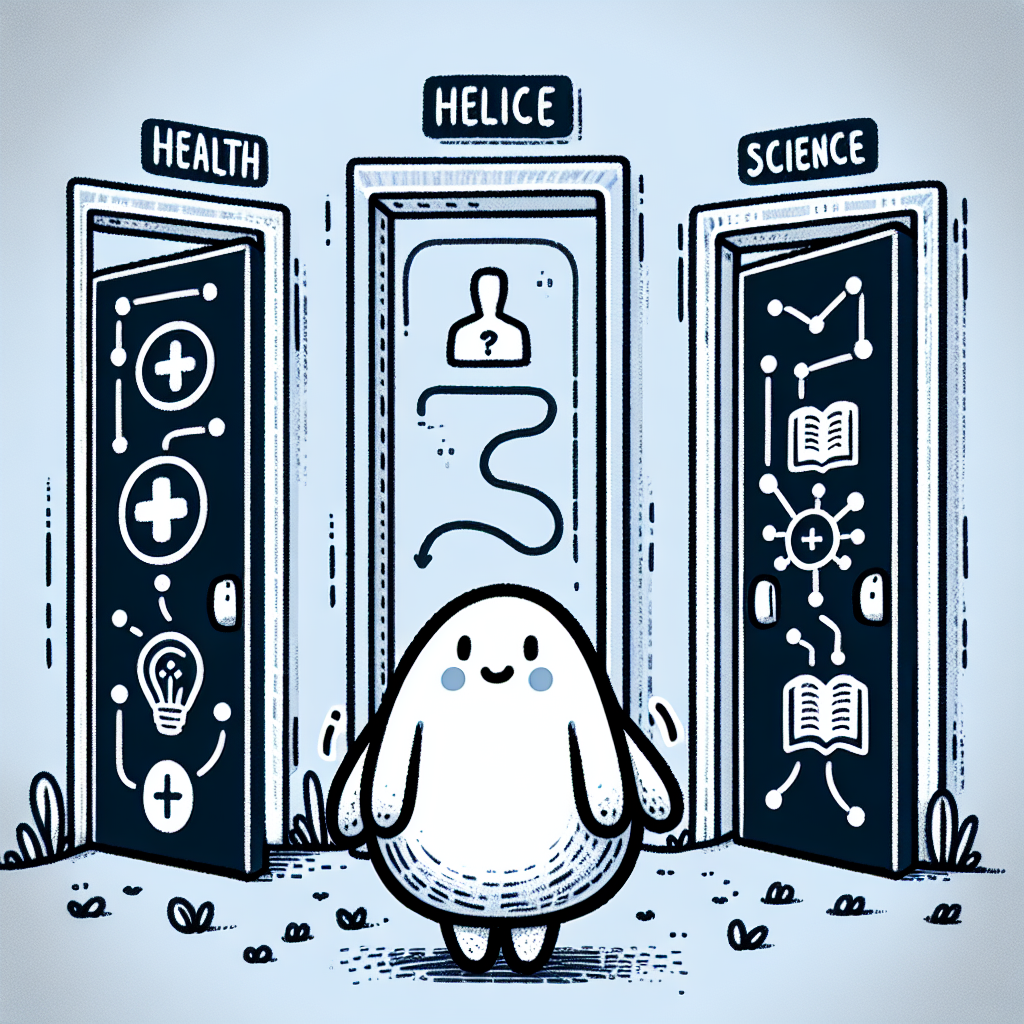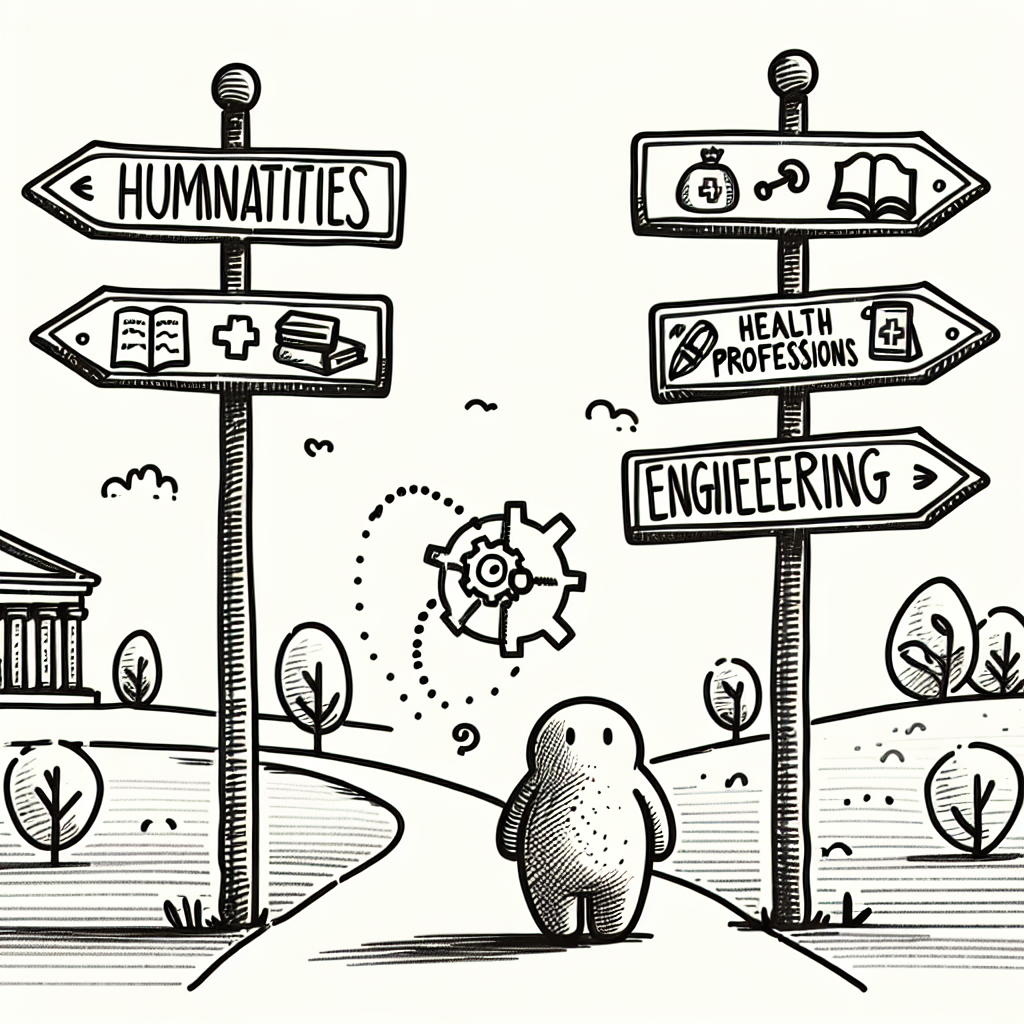Introduction
Choosing a college major plays a crucial role in shaping both academic paths and long-term career opportunities. The major a student selects often determines the courses they take, the skills they develop, and the industries they may enter after graduation. College majors serve as a framework for academic specialization and are frequently aligned with specific professional goals.
However, student preferences for college majors are not static. They evolve in response to shifting economic demands, emerging fields of study, and societal trends. As a result, educational institutions continually adapt their offerings to meet these changing interests and workforce needs. This dynamic relationship between student choice and institutional response reflects the broader role of college majors in preparing graduates for an ever-changing job market.

Choosing a Major: Influencing Factors
Personal Interests and Career Aspirations
When selecting college majors, personal interests and long-term career goals play a significant role. Students often choose majors that align with their passions or subjects they excel in, aiming for careers that reflect these interests. However, family expectations and societal norms can also shape these decisions. In some cases, students may feel pressure to pursue majors considered prestigious or stable, even if they conflict with their own aspirations.
Economic Considerations
Economic factors are a major influence in the decision-making process. Students frequently assess the return on investment (ROI) of different college majors by comparing tuition costs with potential earnings. Majors in fields like engineering, computer science, and nursing often attract students due to strong job market demand and competitive salary prospects. Conversely, majors with lower projected earnings can be less appealing despite high personal interest.
Institutional and Structural Influences
Institutional elements also affect the selection of college majors. The availability of specific programs, qualified faculty, and departmental resources can determine whether a student chooses or sticks with a particular major. Additionally, the quality of academic advising and the flexibility of the curriculum—such as opportunities for electives or interdisciplinary study—can make some majors more accessible or attractive than others.

Changing Paths: Major Switching Among Undergraduates
Changing college majors is a common occurrence among undergraduates. According to the National Center for Education Statistics, approximately 30% of students change their major at least once within the first three years of enrollment (NCES). This statistic highlights a significant trend in how students navigate their academic paths.
These shifts can have notable implications. For students, switching college majors often leads to delayed graduation, as they may need to complete additional coursework to meet the requirements of their new program. This delay can result in increased tuition and associated costs, placing further financial strain on students and their families.
For institutions, high rates of major switching underscore the importance of providing robust academic advising and career planning services. Effective guidance can help students make more informed decisions early in their college careers, potentially reducing the frequency of major changes and improving overall graduation rates.
Understanding the patterns and consequences of changing college majors is essential for developing support systems that benefit both students and educational institutions.

Degrees by the Numbers: Concentration and Distribution
Associate’s Degrees
In the 2021–22 academic year, the majority of associate’s degrees were concentrated in a few key college majors. The top six fields were:
- Liberal arts and sciences
- Health professions
- Business
- Engineering technologies
- Computer and information sciences
- Homeland security
These six college majors accounted for 79% of all associate’s degrees awarded during that year (NCES).
Bachelor’s Degrees
Similarly, bachelor’s degrees also showed a strong concentration in a limited number of college majors. The six most common majors in 2021–22 were:
- Business
- Health professions
- Social sciences and history
- Biological and biomedical sciences
- Psychology
- Engineering
Together, these college majors made up 58% of all bachelor’s degrees awarded in that academic year (NCES).

Gender Dynamics Across Majors
Overall Gender Representation
In the 2021–22 academic year, women earned 59% of all bachelor’s degrees, according to the National Center for Education Statistics (NCES). This marks a continued trend of women earning a majority of undergraduate degrees across the United States, reflecting broader changes in college enrollment and completion patterns.
Gender Disparities by Field
Despite the overall majority of female degree earners, gender disparities persist across specific college majors. Some fields remain heavily skewed by gender:
- In health professions, women accounted for 85% of graduates, making it one of the most female-dominated fields.
- Psychology also showed a strong female majority, with 80% of degrees going to women.
- Biological sciences had 66% female graduates, indicating a continued trend of women pursuing life sciences.
In contrast, STEM fields such as engineering and computer science remain male-dominated. These disciplines continue to see lower female participation despite efforts to improve gender diversity. This uneven distribution highlights how gender dynamics still significantly shape the landscape of college majors.

Popular Undergraduate Fields: What’s Driving Demand
Most Common Majors
According to recent data from the National Center for Education Statistics (NCES), the most common college majors among undergraduate students include business, health professions, social sciences, biological sciences, psychology, and engineering. These disciplines consistently attract a large number of students across institutions in the United States.
Contributing Factors to Popularity
Several factors contribute to the high demand for these college majors. One key driver is the perceived job stability and earning potential associated with these fields. For example, business and health-related degrees often lead to careers with steady employment prospects and competitive salaries.
Another factor is the interdisciplinary appeal and academic flexibility many of these majors offer. Fields like psychology and social sciences allow students to explore topics across multiple domains, making them attractive to those with diverse academic interests.
Additionally, societal relevance and media visibility play a role in shaping student choices. Areas like biological sciences and engineering are frequently featured in news related to innovation, healthcare, and technology, reinforcing their importance and appeal to prospective students.
Together, these factors help explain why certain college majors remain consistently popular among undergraduates.

Longitudinal Trends: How Preferences Have Shifted Over Time
Rising and Declining Majors
Over the past few decades, student preferences for college majors have changed significantly. There has been a marked increase in the number of students choosing health-related fields and computer sciences. These areas have seen sustained growth due to expanding job opportunities and societal demand. For example, enrollment in health professions has surged as aging populations and public health challenges have underscored the need for medical professionals.
Conversely, majors in education and the humanities have seen a decline in some regions. Factors contributing to this trend include changing job market demands and perceptions about the return on investment for these fields. While education remains critical, fewer students are entering teaching programs, partly due to concerns over salary and working conditions.
Impact of Technological and Economic Change
The rise in interest in STEM (Science, Technology, Engineering, and Mathematics) majors, especially computer science, has been heavily influenced by technological advancements and economic shifts. Innovation in fields like artificial intelligence, software development, and data science has created strong job prospects, drawing more students toward these majors. Automation and digitization have also reduced demand in some traditional sectors, indirectly steering students toward majors aligned with future workforce needs.
College majors continue to reflect broader societal and economic changes, with student choices increasingly guided by perceived career stability and growth opportunities.

Beyond the Numbers: Student Experience and Outcomes
Major Satisfaction and Engagement
Choosing a college major isn’t just about job prospects—it also affects a student’s day-to-day experience. Academic fit plays a crucial role in how satisfied students feel with their major. When students choose majors aligned with their interests and intellectual curiosity, they are more likely to stay engaged and perform well academically.
Faculty accessibility also influences satisfaction. In majors where professors are approachable and available for mentorship, students report higher levels of engagement and academic success. Majors in the humanities and social sciences often offer more opportunities for close interaction with faculty, while larger programs like business or biology may have fewer one-on-one connections unless students actively seek them out.
Post-Graduation Outcomes
Post-graduation outcomes vary widely by college major. According to the National Center for Education Statistics, majors in health professions, engineering, and computer science tend to have the highest employment rates within six months of graduation. On the other hand, majors in the arts and humanities often face more challenging job markets initially, though many graduates eventually find success in diverse fields.
Graduate school enrollment is also influenced by major. Students in psychology, biology, and political science are more likely to pursue advanced degrees, as their fields often require further education for career advancement. These trends highlight that while employment rates are important, the long-term value of a college major may also depend on students’ willingness and ability to continue their education.

Strategic Implications for Stakeholders
For Students
Choosing from among various college majors is a decision with long-term career and financial implications. Students benefit from making informed choices by researching job market trends, expected salaries, and industry demands. Utilizing college career services, attending major-specific workshops, and connecting with alumni networks can help students gain real-world insights into potential career paths. These resources also offer guidance on internships, graduate school options, and alternative career trajectories within a major.
For Institutions
Colleges and universities must regularly assess and update their curricula to align with evolving industry demands and emerging fields such as artificial intelligence, data science, and sustainability. By enhancing academic advising systems and leveraging data analytics, institutions can better guide students toward college majors that match their strengths and market opportunities. Predictive analytics can also help identify students at risk of switching or dropping majors, allowing for timely interventions.
For Policymakers and Employers
Policymakers play a key role in ensuring that education systems produce graduates with skills that align with labor market needs. This includes funding initiatives that promote college majors in high-demand sectors, such as STEM and healthcare. Employers can collaborate with academic institutions to shape curricula and provide experiential learning opportunities. Additionally, both sectors should work to increase access and support for underrepresented groups in fields where diversity remains low, thereby broadening participation in critical areas of the workforce.

Conclusion
Choosing a college major is a complex decision shaped by personal interests, career goals, market trends, and educational opportunities. The process involves careful consideration of both individual strengths and the evolving demands of the job market. College majors are not just academic categories—they are pathways that can influence professional trajectories, personal growth, and long-term satisfaction.
Higher education institutions play a crucial role in supporting students through this decision. Emphasizing flexibility allows students to explore multiple fields before committing, while robust advising services and career resources help them make informed choices. As industries and technologies evolve, colleges must ensure that their programs are future-ready, equipping students with the skills and adaptability needed for long-term success.
Ultimately, while the choice of a college major is important, it should be viewed as part of a broader journey of learning and development, not a fixed determinant of one’s future.














